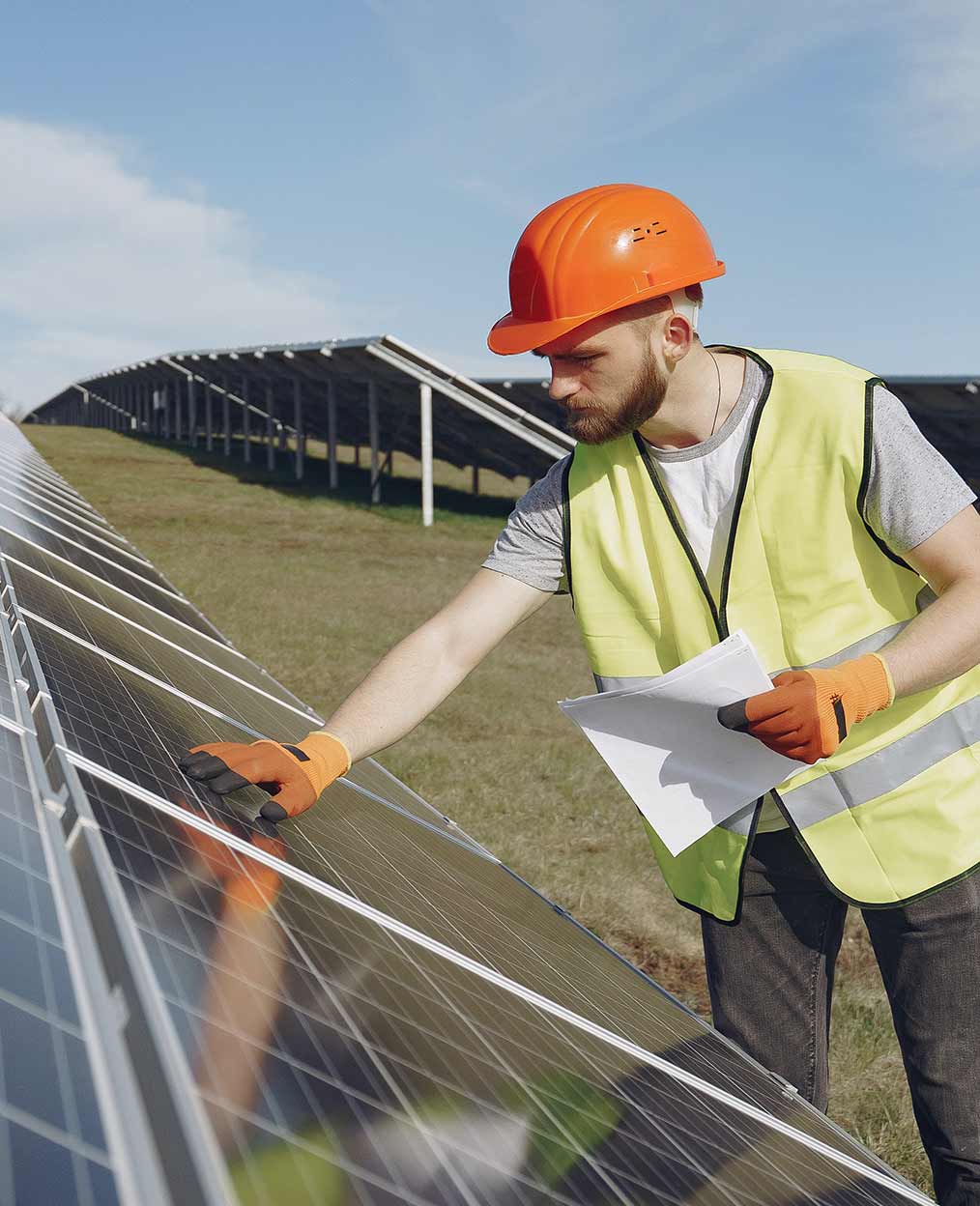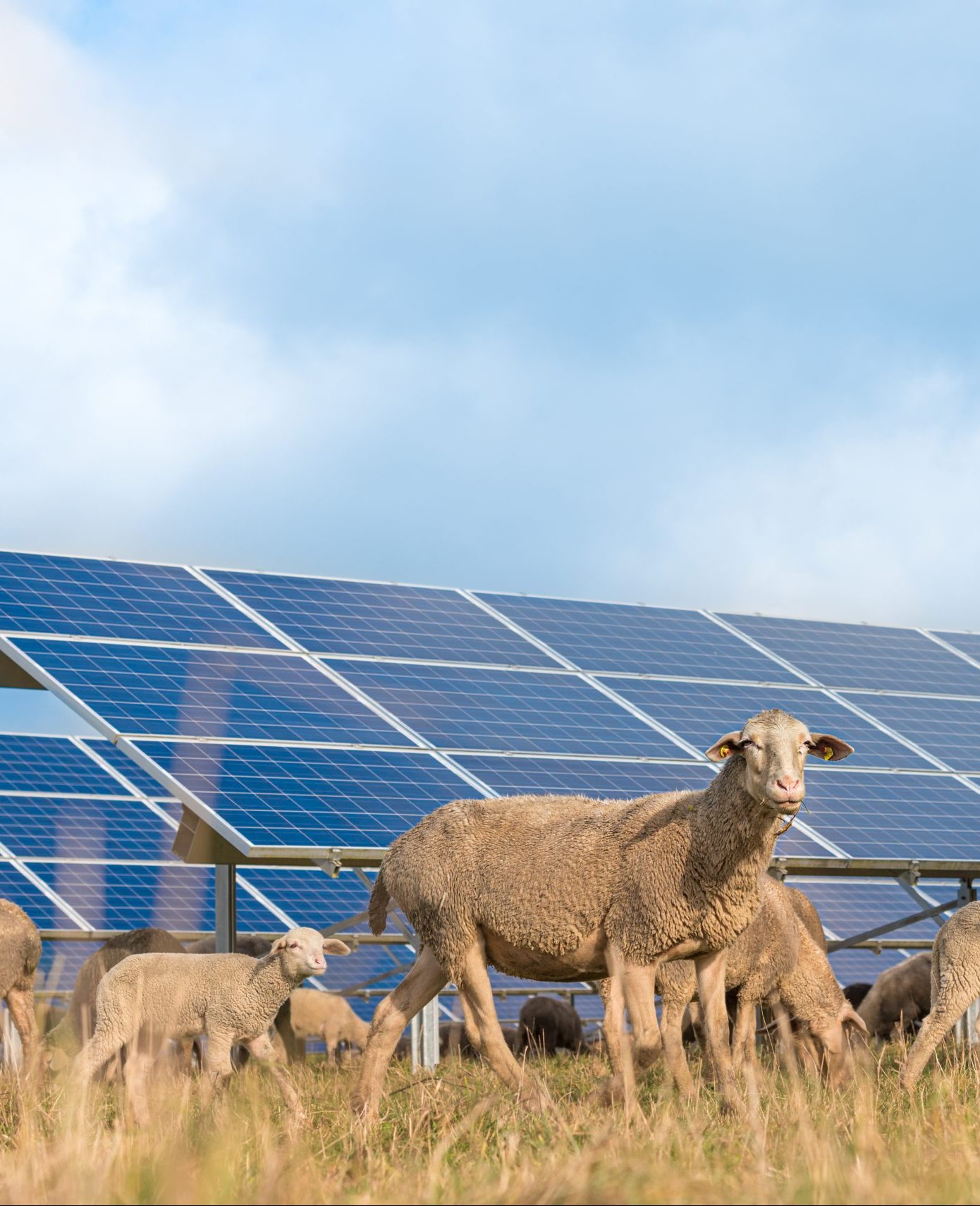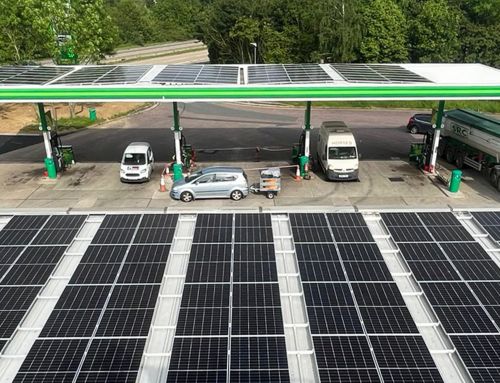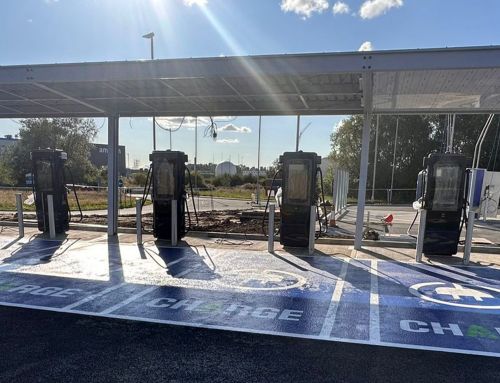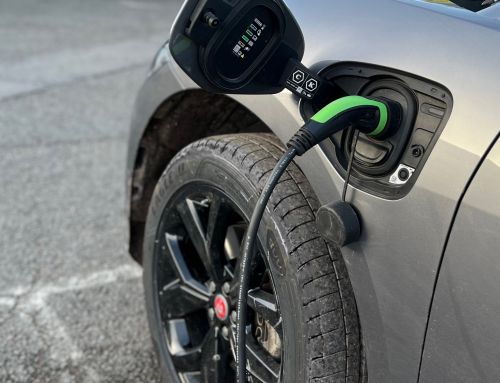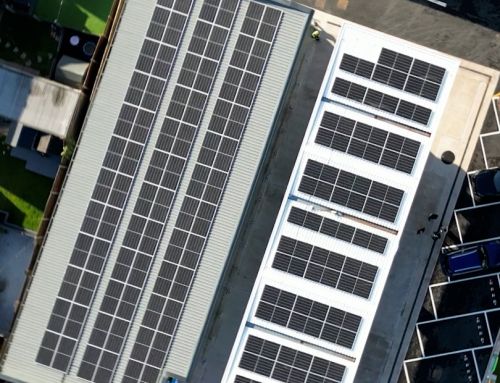What with the recent energy crisis causing rising input costs, and the spectre of climate change increasing demands on farmers to tackle carbon emissions, there is no better time to look to mitigate these pressures. For some farm businesses, the need for mitigation measures has crossed the boundary from nice to have to essential for survival. To put this in perspective, according to Lydia Collas at Green Alliance, some horticulture growers did not plant last year because energy costs were prohibitive. Solar Photovoltaics (PV), either with or without battery storage, could be the solution.
Energy costs could be reduced…
Energy costs can represent a significant expense for farm businesses and while leasing land for large-scale solar farms that generate electricity for off-site use is an option, a renewable energy installation can also be used to offset the consumption demand on the farm, such as demand from irrigation systems, heating and lighting, ventilation, and electric-powered machinery. In this climate of energy market volatility, independence from the grid can shield businesses from these shocks. It can also optimise productivity and efficiency of land use. For example, extra energy for lighting and heating systems can be used to extend the growing season for a higher crop yield.
Battery systems offer various benefits and financial incentives…
Solar PV can also be supported by battery energy storage solutions (BESS). Solar electricity – while fantastic – is intermittent. It is dependent on the sun. This means that there will be times when generation does not match demand. Where there is excess solar generation, with a battery system, this electricity can be stored for later use when the solar is not generating enough – such as during the night, or periods of peak demand. Excess energy can also be sold to the grid for profit. There are battery systems that can monitor the site’s consumption and make ‘smart’ decisions about whether to use electricity for on-site demand, store it, or sell it to the grid. This can maximise revenue potential. Battery storage can also be utilised for off-grid Solar PV systems in place, or in support, of carbon fuel-based generators; providing a source of power in areas that suffer from frequent outages.
It pays for itself…
Depending on system size, cost, and consumption demand, and whether funded direct from capital or asset finance, the system could have paid for itself within a few years, and it is guaranteed to reduce energy bills. For example, on a 35p per kWh energy tariff, with self-consumption of solar-generated electricity of 65%, it is to be expected that the system will pay back in under 5 years when capital funded*. Once the system has paid for itself, the bill reduction caused by the solar, frees up money for investment in other farm projects. Generally speaking, the higher the energy tariff, the shorter the payback.
*Based on a 4% predicted rise in energy tariff.
A long-term investment with possible tax breaks…
Solar PV is a long-term and low-maintenance investment that has a lifespan of 25-30 years. The investment potential of Solar PV is a straightforward principle – once the initial outlay of the installation has been made, the price of the electricity generated will be very little. The only cost arises from the small maintenance requirements of Solar PV. This remains the case even if the energy tariff rises from 30p to 100p per kWh. There is also the tax-saving potential of solar installations via capital allowances.

A reduced carbon footprint with Electric Vehicle charging possibilities…
Notwithstanding the financial and future-proofing case for Solar PV, since it is a wholly renewable energy resource, it is also fantastic for mitigating the carbon footprint of a business and showing green credentials. On top of this, if there is electric machinery in use on the farm, Solar PV can be used to support the charging of this machinery – or when chargers are installed for electric vehicle driving visitors (for the diversification project).
Increased biodiversity…
But global warming is not the only challenge the world faces. There is also a significant issue with biodiversity loss. Carefully planned ground-mounted Solar PV could help with biodiversity. In a study by Solar Energy UK, many farms in Britain with ground-mounted solar were home to declining species. And in a study by Lancaster University and consultancies Clarkson and Woods and Wychwood Biodiversity, there was evidence to suggest that the insects living around ground-mounted solar PV would benefit neighbouring agriculture by increasing the number of available pollinators.
All in all, Solar PV is a low-maintenance and low-risk investment that has many benefits including reduced energy costs and off-grid power. When combined with BESS or EV Charging facilities, it can offer even further advantages. Though dependent on your goals, different combinations may be more suitable than others, but the advantages and disadvantages need to be carefully weighed. For example, often roof space can be utilised, however for larger systems, there may be a trade off with the usage of the land it is installed on. However, it is often possible to mitigate the loss of land, for example: animals can graze around ground-mounted systems, using the panels as shade, or the option to utilise the space with a shade variant crop. With careful mitigation, the advantages of green energy often outweigh any disadvantages.
The team at Ingeni Renewables are experts in green energy and our certified installers specialise in Solar PV, Electric Vehicle Charging Stations, and Battery Energy Storage Systems (BESS), allowing us to provide a comprehensive turn-key solution tailored to your requirements. If your farm is faced with rising energy costs or you’re unsure how a renewable energy solution could benefit, make a no obligation enquiry today.
Make a No-Obligation Enquiry
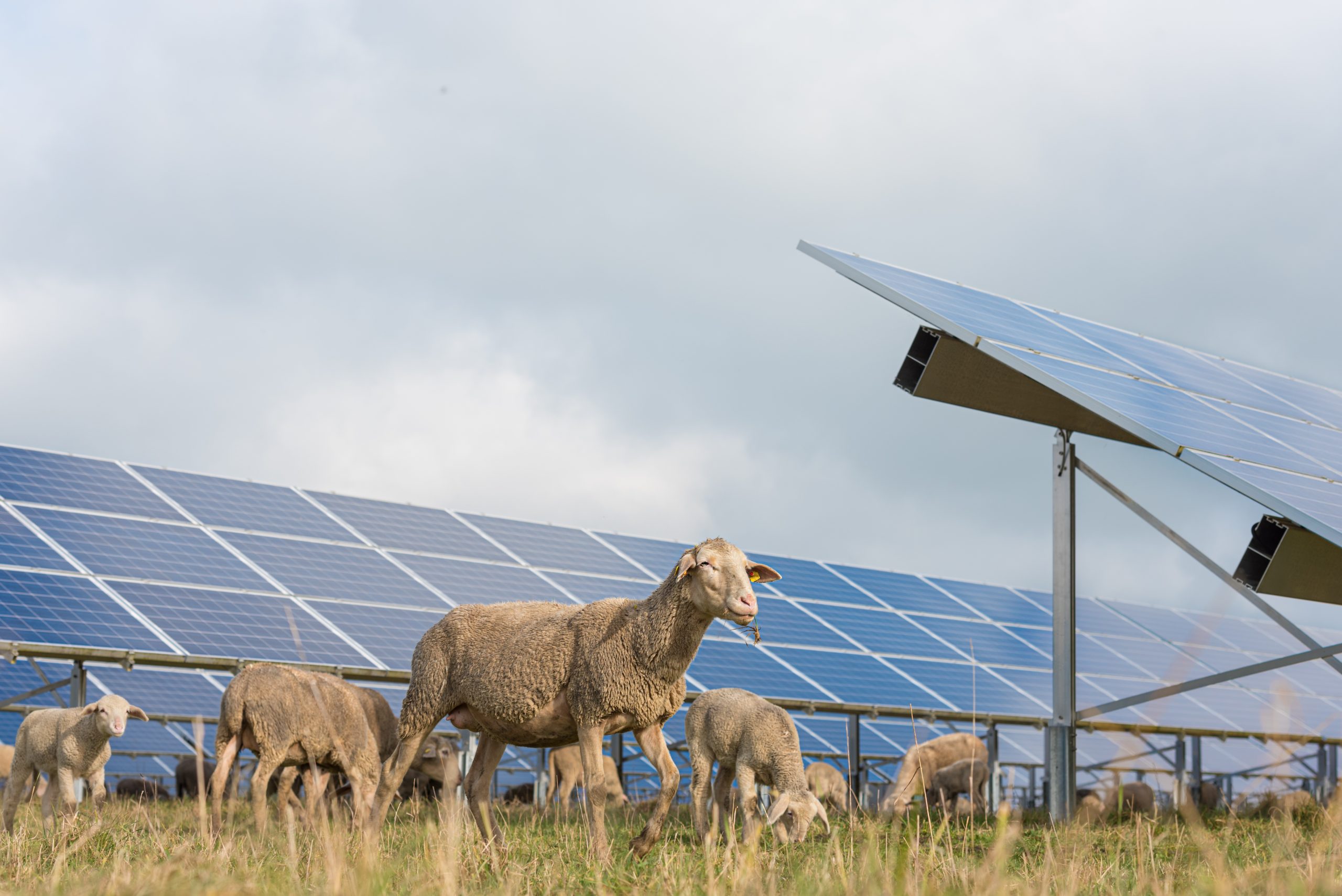
Related Posts
Make a No-Obligation Enquiry
